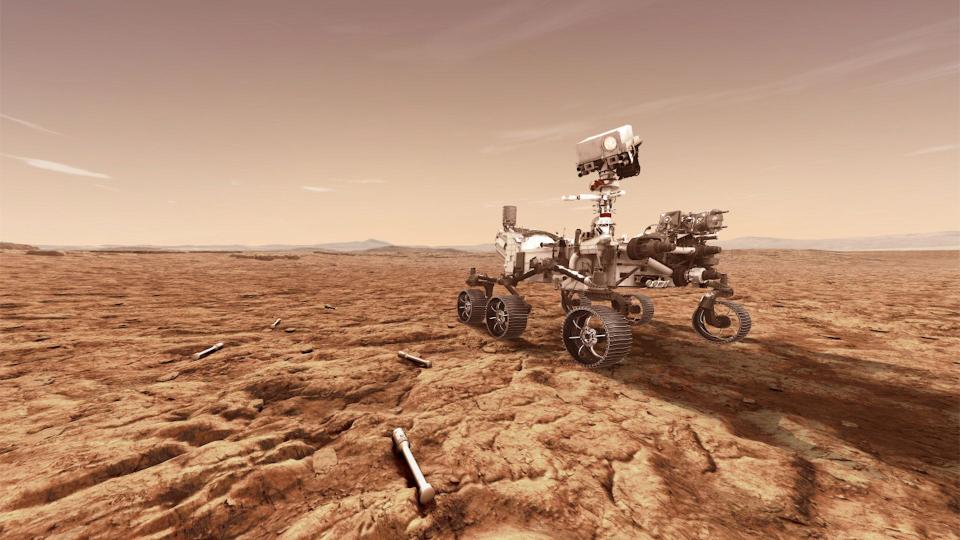NASA's Perseverance rover has launched: It's a stepping stone to send humans to Mars
BREVARD COUNTY, Fla. – It's the summer of Mars.
In the past few weeks, two spacecraft have been launched to the Red Planet, and on Thursday, one more was sent.
After the United Arab Emirates and China launched their spacecraft to Mars earlier this month, the United States has gotten in on the action.
United Launch Alliance's Atlas V rocket, equipped with NASA's Mars Perseverance rover, launched Thursday morning from Cape Canaveral Air Force Station in Florida.
Perseverance would be NASA's fifth rover to reach the Martian surface.

Video: Watch an Atlas V rocket launch NASA's Perseverance rover to Mars
'Perseverance will bring all human senses to Mars'
Perseverance will bring the space agency one step closer in taking humans to Mars – an initiative that has been a long time coming.
"Perseverance is ... the bridge between science and human exploration that demonstrates how the two can support and reinforce each other," said Thomas Zurbuchen, NASA's associate administrator for the Science Mission Directorate, in a media teleconference last week.
"Basically, Perseverance will bring all human senses to Mars. We'll sense the air around it, see and scan the horizon, hear the planet with microphones on the surface for the first time," Zurbuchen said. "Feel it as it picks up samples and caches them. Perhaps even taste (the samples) ... as other instruments sample the chemistry and the rocks and soil around it. As humans prepare for the greatest adventure here in (human) exploration of Mars, our robots can help."
Perseverance marks the first time the space agency attempts a sample-return mission from Mars or from any other planet.
Throughout its 10-year mission, the rover will search for past signs of extraterrestrial life by collecting and caching Martian rock samples. Then, in 2026, another mission will send a sample return lander to collect the samples and return them to Earth for scientists to study.

"It's going to be the first launch off of the planet Mars," Zurbuchen told FLORIDA Today, part of the USA TODAY Network, in February. "But we're already thinking about how to launch off (Mars) with people, because that's going to be the core piece of the crowning achievement of that Artemis program." Artemis is NASA's program to head back to the moon by 2024.
Aside from learning how to launch off another planet, NASA also needs to figure out how to sustain human life on Mars so the space agency can eventually send astronauts to the Martian surface, NASA administrator Jim Bridenstine told reporters in a teleconference Monday from Kennedy Space Center.
Perseverance will help the space agency tackle that problem.
One of the rover's instruments, the Mars Oxygen In-Situ Resource Utilization Experiment, or MOXIE, will seek to demonstrate how future explorers might produce oxygen from the Martian atmosphere for propellant and for breathing.
"That's a really exciting mission that is a precursor to an eventual human mission to Mars," Bridenstine said.
Follow reporter Antonia Jaramillo on Twitter at @AntoniaJ_11.
Earthquake: Magnitude 4.2 earthquake rattles Southern California - and its rich and famous
Study: Heart damage found in coronavirus patients months after recovering from COVID-19
This article originally appeared on Florida Today: NASA Mars Perseverance rover: Stepping stone for humans on red planet

